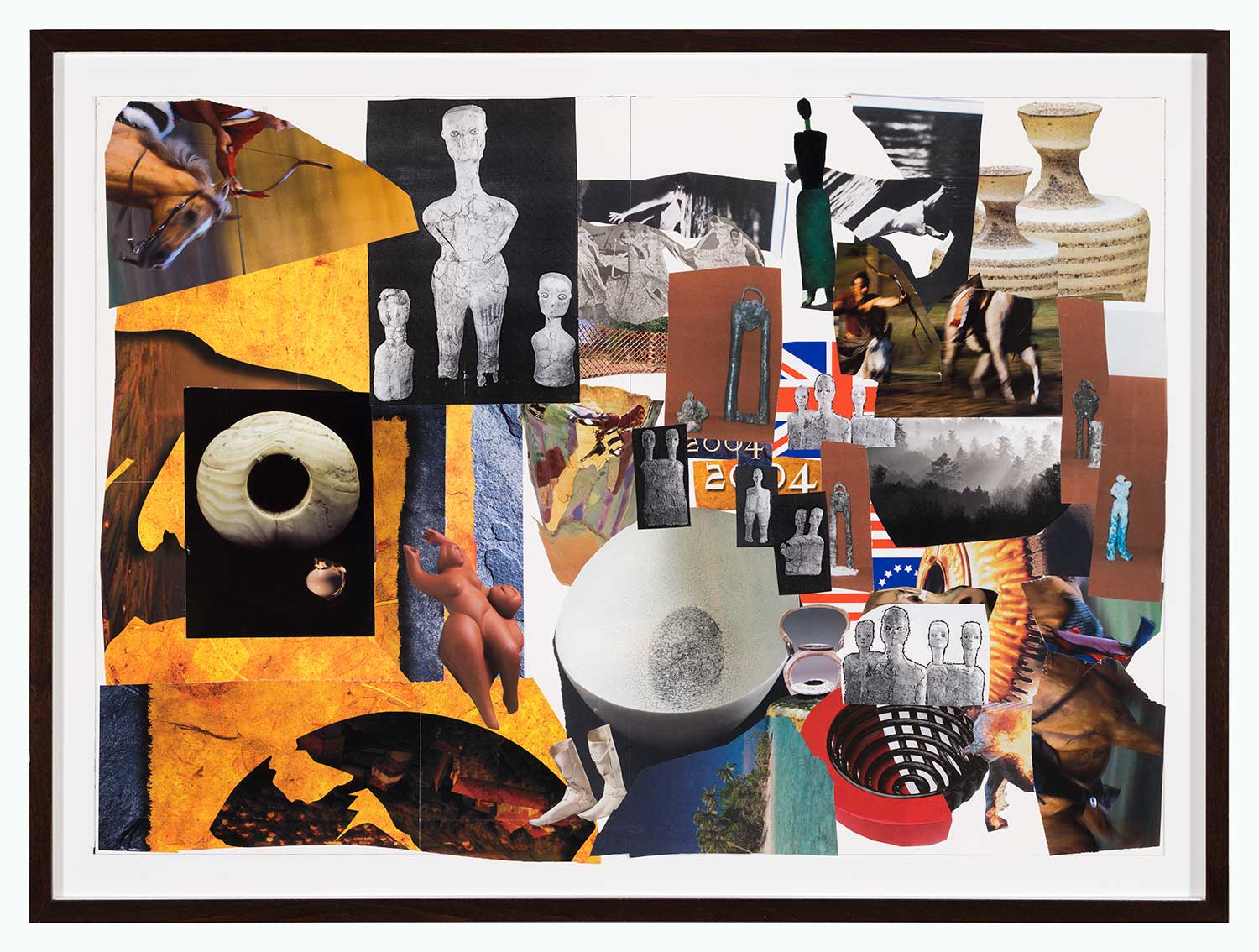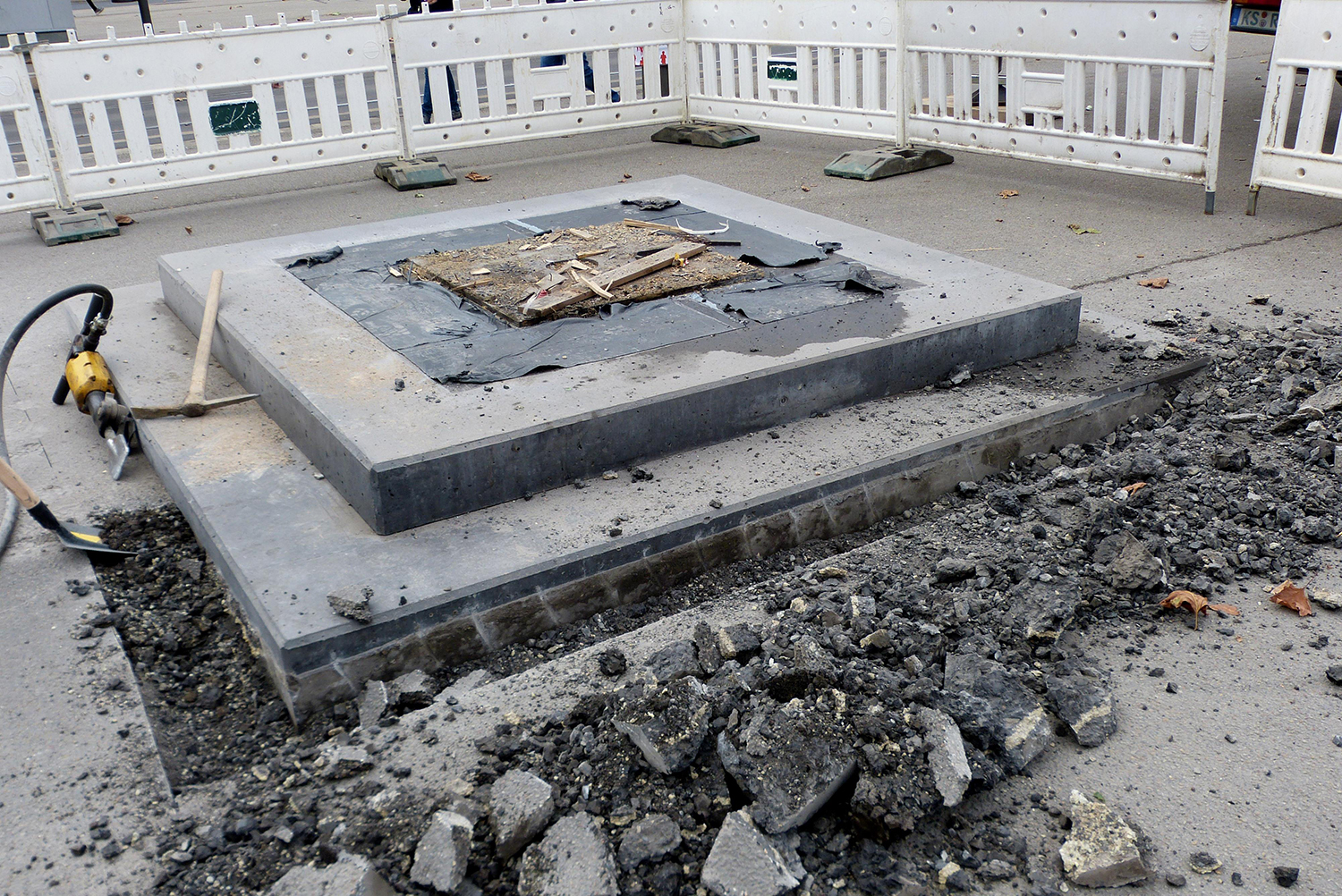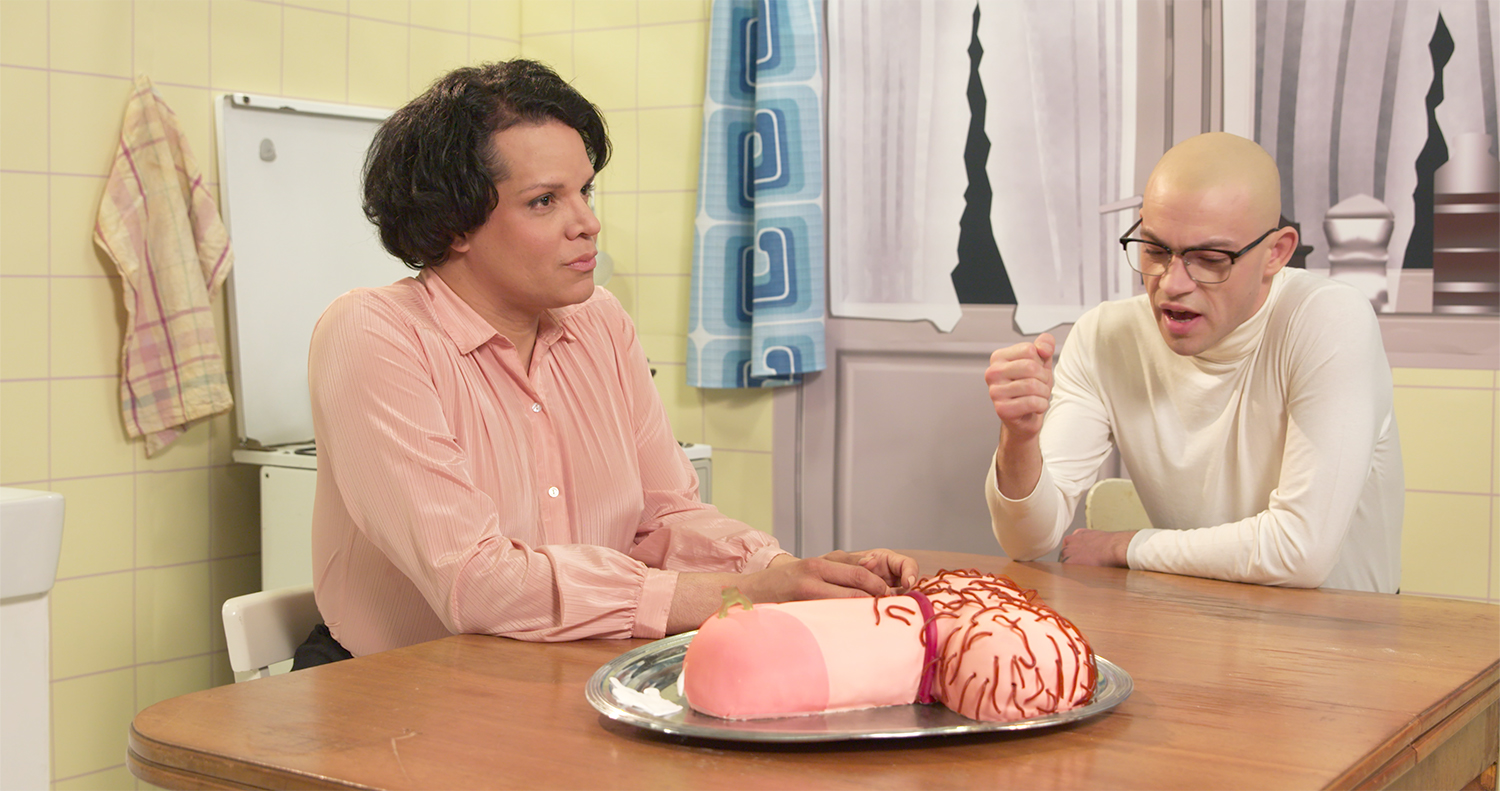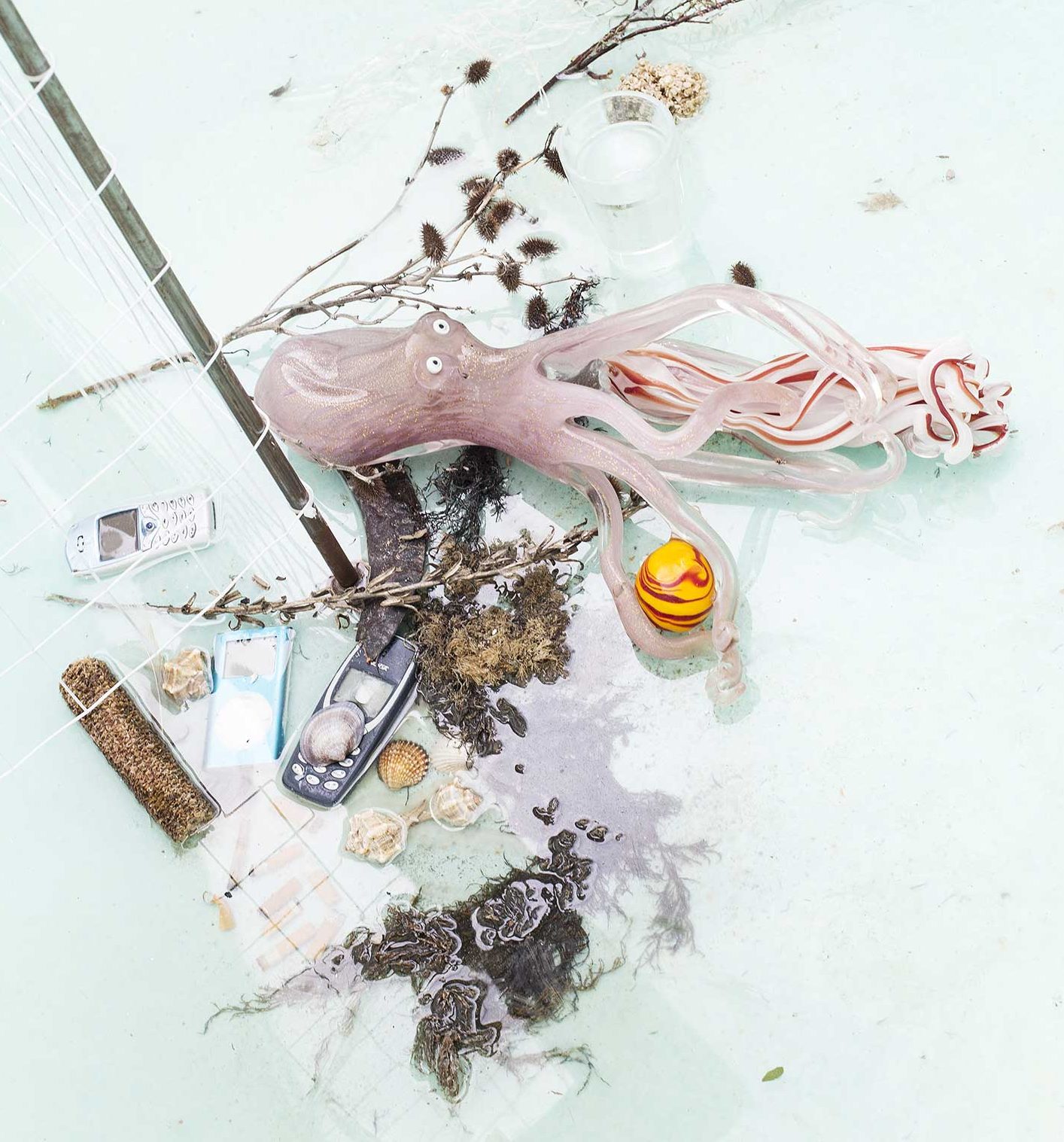
Once a caesura is opened, it never really closes. In the practice of Ghislaine Leung (b. 1980, Sweden), these disruptions take hold in the form of her exhibitions, which ultimately complicate the institutional infrastructure that enables them. Our dialogue unfolded over the final days of last year, in the lead-up to her commission “CONSTITUTION” at Chisenhale Gallery, London.
Jacob Korczynski: I wanted to begin by framing our dialogue through Partners, your book published last year by Cell Project Space in conjunction with your exhibition there the previous year. Produced in collaboration with Patricia L. Boyd and Stefano Faoro, Partners opens with “Description Item,” a text that begins with the outline of a publication, one that is inevitably weighed against that which we hold in our hands. The size matches, but the dimensions don’t; the binding matches, but the paper doesn’t. The described publication runs 142 pages, yet yours runs 143. The way in which the two simultaneously clash and coincide has us as readers attempting to register and then reframe difference and repetition, and in doing so you produce a series of openings unique to each of us, where the materiality of your medium and our bodies as viewers meet.
Ghislaine Leung: Coming from a background in video, I’m always very aware of a work’s contingency: the more distributable a work is, the more contingent it is. And this is very much the case in publishing and in terms of reading, difference, and repetition. These objects circulate. So that opening text, “Description Item,” is dealing with that, and not just at a level of meaning, but materially and structurally. I think of my work as dealing with what is context-contingent as opposed to site-specific. This is perhaps less about flexibility as much as vulnerability maybe, and how resilient a form can be through that vulnerability.
JK: Yes, I felt this was an apt place to start because of the way your recent commission “CONSTITUTION” (2019) at Chisenhale, London, is also made up of the labor from two sites: Chisenhale and the Experimental Media and Performing Arts Center in Troy, New York. Does the space between the two provide an opening from which you work, or is it more of a tension that is produced between them that is then negotiated within the making of the exhibition? Or neither? Do they become two sites as two segments, beside and not becoming?
GL: With the sound work I produced at EMPAC, Kiss Magic Heart (2019), it very much relates. I knew I was going to EMPAC to work in this very specific site and under these specific conditions — EMPAC is like one enormous instrument, and that this would be in no way reproducible in a space in London. And in a way that was what I was most interested in, to make something that didn’t need, or wasn’t focused on, fidelity to a certain space or to a certain imaging. And to make something, perhaps not on those terms of fidelity at all, something perhaps, to use a relationship analogy, more polyamorous. And the premise of much of the Chisenhale project actually came out of an issue with binary oppositional politics, a frustration with the corollary terms of a certain framing of resistance. So unlike passive cancellation, which is blocking — like putting something between you and another thing to counter it — active cancellation works by playing the opposite polarity of a sound back at it; the two waves counter each other. This active cancellation only really works in a closed system, like headphones for instance, when there is adequate control. What I became interested in was taking this active cancellation out of a closed binary system, to put sound through speakers. What happens is that certain frequencies clash or cancel depending on your position in the room, depending on the room itself, your body, other bodies, and so on. In order to feel the shifts in the sound as you move through the space, the composition I made had to be really simple. It is edited by your movement through the space itself, and feeling aware of that was key, which means longer tonal sounds that you can shift through, feeling the places of interest, intensity, and cancellation, which are always spatially relative, more like holes than cancellations.

JK: Clashing and coinciding, registering and then re-registering an image, object, or otherwise, connects with some of the history we share together with artists’ film and video, where materialist strategies produce a series of segments that must be assembled by the viewer rather than forming a singular shape to be followed. In another text from Partners, “In Extrinsics,” you acknowledge this history where you specifically name “a non-hierarchical, structural and materialist practice.” But what I find so challenging about your practice is how you have taken this thinking that is often seen as medium-specific to the moving image and have advanced it in sculptural terms. In film and video, the sequencing of segments engages with the ephemerality and temporality of the moving image, but the persistent tactility of many of your works necessitates the development of new formal languages and strategies.
GL: That is something really important to me, to expand the terms of critique outside of specificity and towards contingency. Works like Shrooms (2016), Public Sculpture (2018), and Violets 2 (2018) very much work in this way. This comes from video but also writing, its circulation and distribution. And this new work, Kiss Magic Heart, funnily enough, has perhaps come the closest to the condition of reading. Many gallery-based sound works relate to building an image, reproducing a specific sound. So there is a fixed place, literally, where that sound works, and that is also why a hard white space like a gallery has to be coated and padded with soundproofing treatments to make sure the new space that sound is in doesn’t interfere with this. The work I am making is counter to that: it works with those acoustics, dependent. I always wanted to make work more like the condition of reading, that could operate to circulate in that highly contingent way. So I am often structurally working in relation to video or writing, but the materials I am working with are contingent to their context. And all the works in “CONSTITUTION” do this in different ways to amplify those dependencies.
JK: I like the distinction you are making between holes as opposed to cancellations in your description of Kiss Magic Heart because it calls back to the idea of collecting segments rather than establishing shape. For me this connects to the idea of parataxis, where juxtapositions are made without a clear connection. In my mind these produce an opening which I always regard as a real act of generosity — it allows a place to feel and find myself intellectually and physically, in that opening. With this work for Chisenhale it is the body of the viewer itself that can produce that opening. I was wondering if you could speak to the tension between the individual and collective encounter of viewers when it comes to your projects, especially those that take the exhibition as medium?
GL: I was always so interested in how one could think about making a nondominative clausing in both text and exhibition form. Though I feel more and more these are pulling away from each other in my work. I guess as you were saying before, I try not to work medium-specifically as much as structurally and materially with context in a highly contingent way. I’m more interested in the structure of writing. It’s not literary; it is literal, material. Writing is an act, not a medium. I think about the extant structures of book and exhibition forms: wall texts, lighting systems, tables of contents, colophons, and try to tune into these as materials to work through. I think maybe that if one can have an awareness of how these sort of default, supposedly neutral structures exist, and are written into the architecture of our social spaces, you can begin to also feel them as actions, and ones that can be acted differently. There is a capacity for social change there, in the most micro and mundane moves — how a work might not only be in a public space but constitute one.
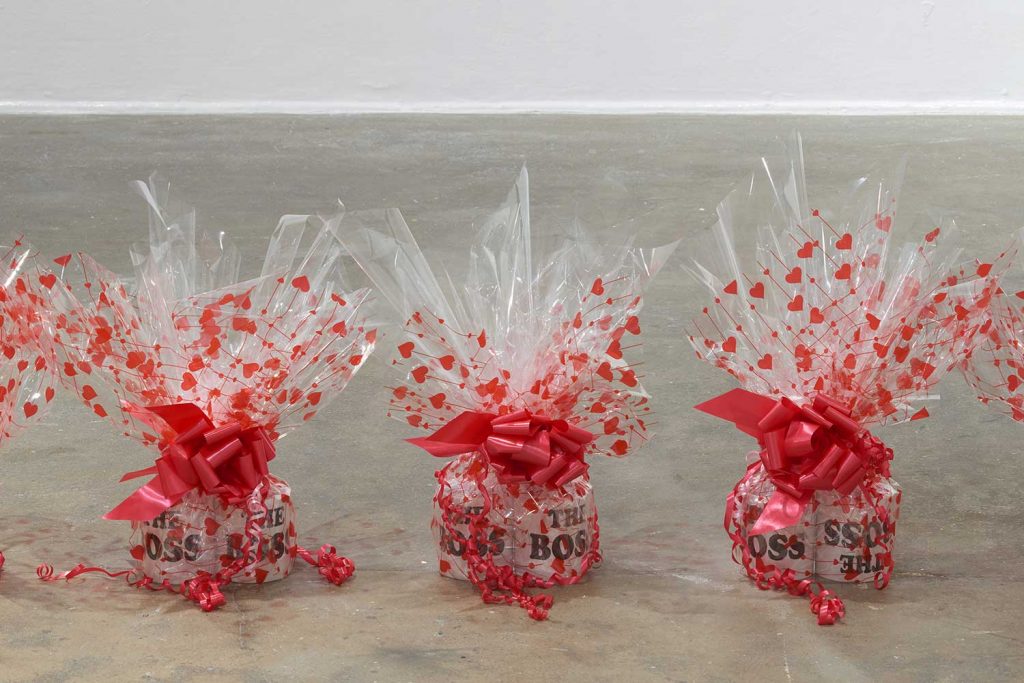
For me, many of the works I love have that capacity for generosity because their structure makes spaces you can fall into. I try to produce that through a kind of maximal subtraction, where you get left with dirty tears, looming holes. Where open form isn’t arbitrary form or deregulated form, but in fact highly structured. This also means working in a way where things are generative rather than speculative, I guess in some ways just experimental, and it also means I have a lot of doubt, something I feel is constitutive and critically important in making work: where you are always in the position of having to maintain a rigor on something you don’t yet — or possibly will never — understand. I want the work to surprise me, and hopefully there is space in the work then, space for you or me equally — where works are context-contingent rather than site-specific, where spaces are not only enclosures or properties, and where our agency lies in this constitution.
JK: One of the holes I fall into repeatedly when I spend time with Partners is between the materiality of the bodies and objects described, your own corporeality from which you appropriate, compose, and edit text, and then my position and the position of other readers as we encounter and absorb the language assembled. I’m thinking here of the quoted erotic encounter that closes “Description Item,” which finds an echo in the relationships documented in “Your Condo/Our Designs” and “Vessels & Tools,” each accounting for the items in and around the liaison as much as any intimacy. These highly structural choices yield spaces through Partners that simultaneously expand and contract — between you and your citations, between the singularity of autobiography and the multiplicity of self-portraiture and between the detailed objecthood of your writing and the reader’s own body, against which their own encounter with Partners is inevitably measured. For me, the closing lines of “220813,” the final text in Partners, speak to this:
not an additional substance
but the body feeling itself
the surface of your own hand
felt as that of another
GL: For sure. I always like the definition, can’t remember whose, of autobiography as biography writing itself — that auto. That prefix auto- is so often understood via the subject as a neoliberal self-sufficiency, but it can also be understood via the object, and even via the objectified self. I think that shift in many of the texts in Partners is also about questioning any fixity of self singular, and acknowledging the interdependencies, the kindnesses, and violences we do to each other and ourselves. That is less about empathy than how we are constituted and constitute each other; those independencies and exploitations are related. I think that is vital to how we understand privilege: that we are aware of our own complicities, like a love song.

